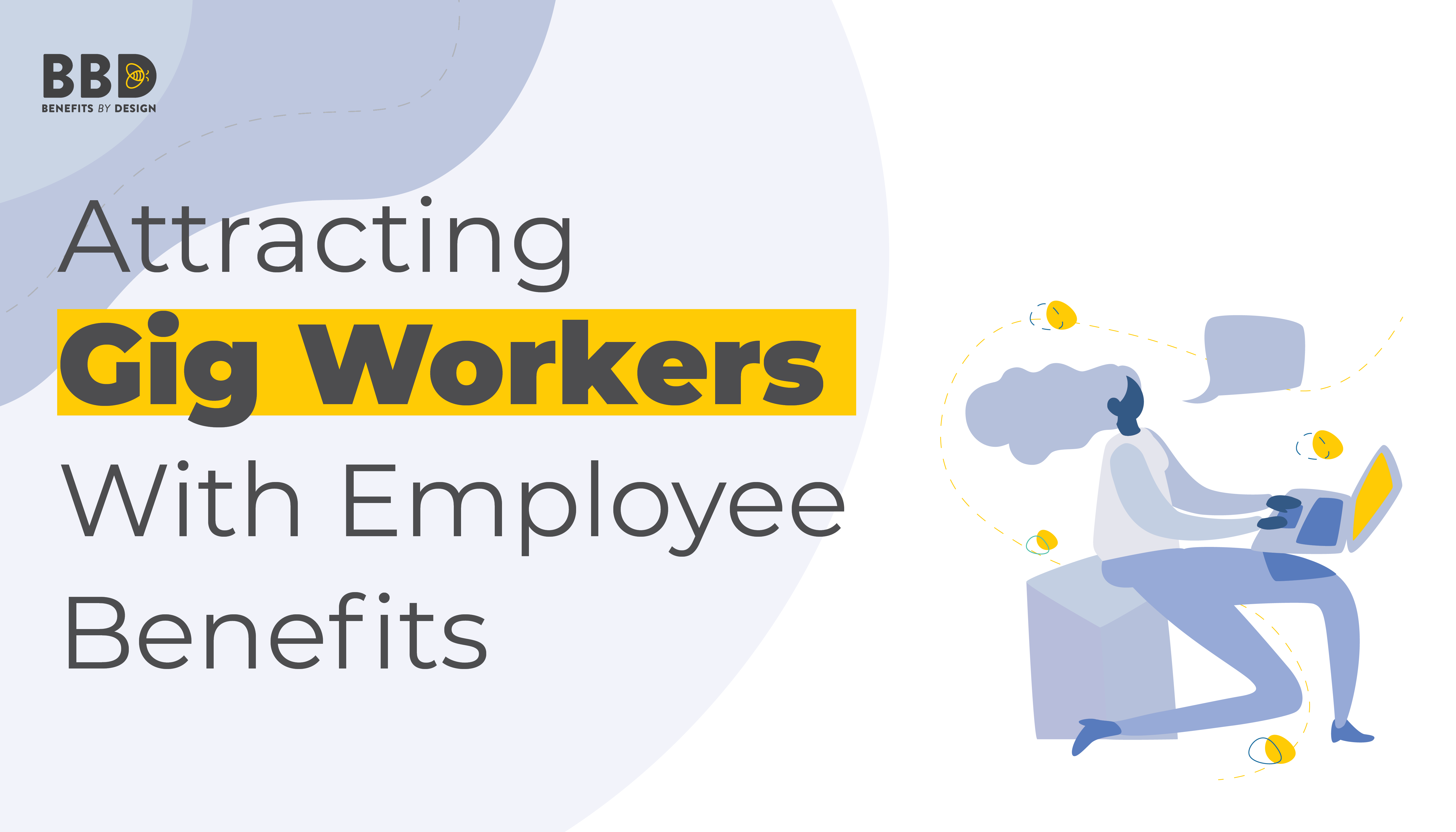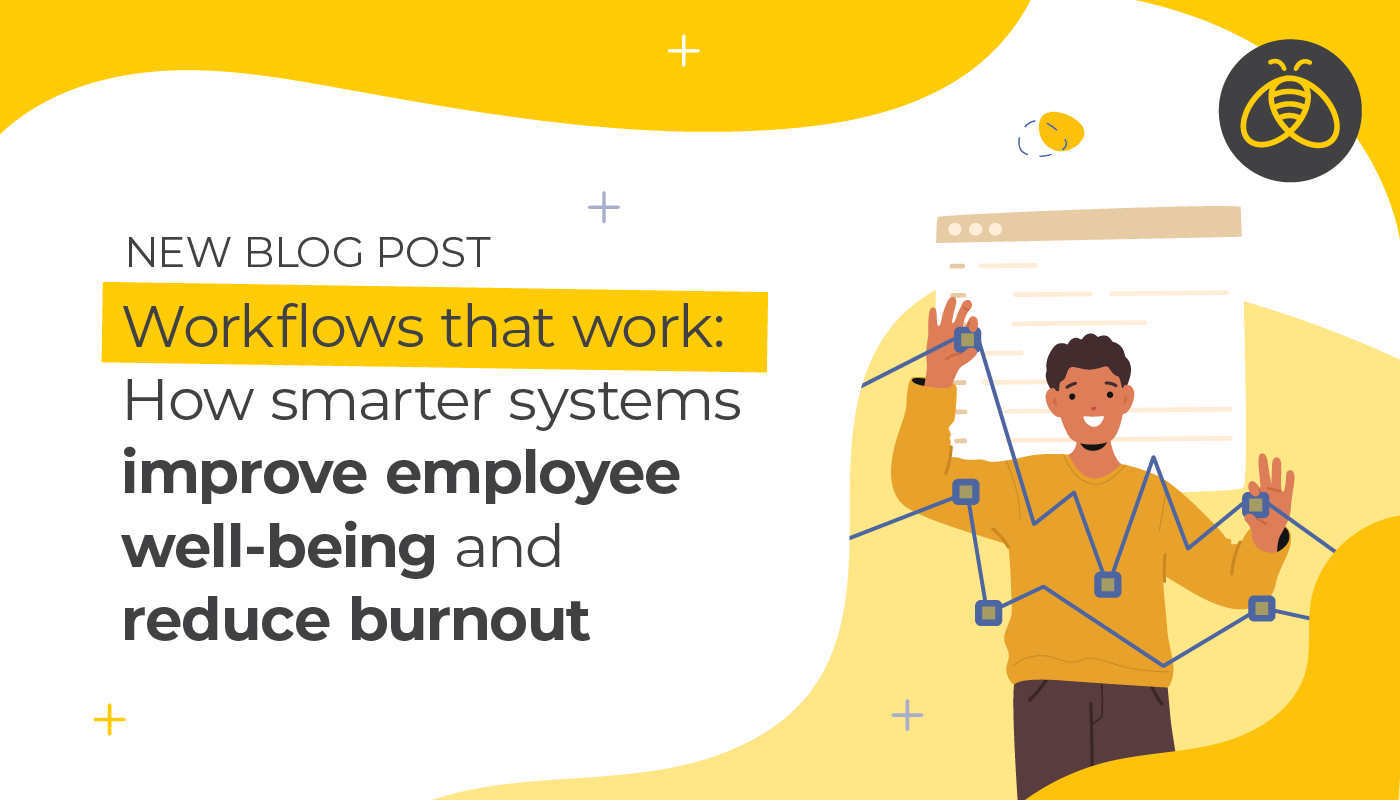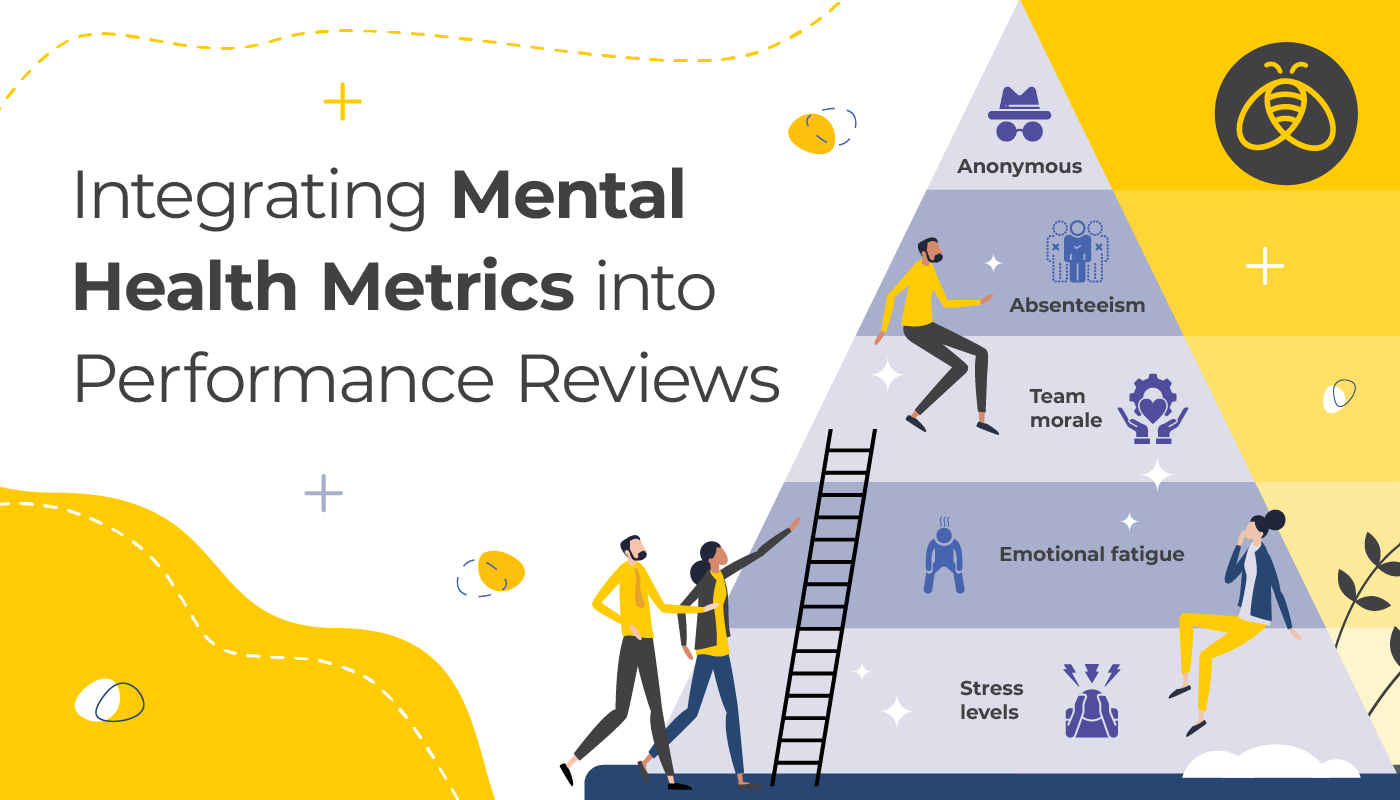Attracting and Retaining Gig Workers with Employee Benefits and Culture
By: Benefits by Design | Tuesday March 1, 2022
Updated : Tuesday May 31, 2022
The rise of the gig economy was already a noticeable trend in the workforce by 2020. However, the COVID-19 pandemic has vastly increased the demand and opportunity for gig workers. Coupled with a job market where workers are “spoilt for choice”, and you can see where employers might need to up their game when it comes to attracting and retaining these workers.
Gig workers notoriously don’t have the same access to employee benefits as regular employees. Yet these workers don’t want benefits any less, so attracting them with employee benefits and other company perks is just as important.
The Gig Worker Defined
There are many terms for gig workers nowadays: freelancer, contract worker, self-employed, independent contractor, temporary worker. But whatever name they go by, there are some common characteristics.
Gig workers are often remote, and on shorter contract periods. As a result, they can have less understanding of your company and your company’s core values (though not always). Gig work itself can be enticing for employees as well. They can set their own hours, work from home, and “be their own boss”. The caveat is that there is less job security, which can cause financial uncertainty and anxiety.
The Rise of Gig Workers
The beginning of the COVID-19 pandemic saw a decrease in freelance work, likely as a result of so many companies taking their workforces remote. This meant they did not need to hire remote independent contractors. However, as the dust settled after the first few months, demand steadily returned.

As an employer, the use of temporary workers can save time and money, while providing your company with access to skills and talents that might not be readily available through your regular full-time employees. But with the tight labour market, how do you convince them to choose you?
Insurance Solutions for Gig Workers
One way to attract them is by providing the extended health benefits and insurance coverage that is not normally offered to gig workers. There are several options.
1. Traditionally Insured Group Benefits
If your company hires a combination of regular employees and freelancers, a separate class can be set up with different eligibility requirements and waiting period. This can allow you to offer group benefits to all types of employees, including temporary workers.
2. Spending Accounts
These are more flexible, and can be set up to cover different classes of employees as well. Employers can set up varying allocation amounts and eligibility requirements for gig workers if they so choose. Another benefit is that there’s no minimum number of employees requirement, which makes these an excellent option for employers with only one or two freelance workers.
3. Employee Assistance Program (EAP) Support
This can be added to a benefits plan for all employees, including freelance workers, and can help with all manner of personal and professional issues, including financial wellness advice.
Company Culture for Gig Workers
Another notable way to attract independent contractors is to engage them in your company culture. Here are some examples of ways you can do so:
1. Onboard them just like regular full-time employees.
This will give them a sense of belonging and inclusiveness right from the start. Plus, it shows that even though their position might be temporary, they are still respected as employees.
2. Invite them to virtual and in-person events.
A gig worker is interested in meeting their peers and colleagues as much as the next employee.
3. Offer rewards and recognition.
If gig workers see other employees being rewarded for similar accomplishments, they may feel underappreciated if they are not similarly recognized.
4. Give them company swag.
If you’re handing out company pens or T-shirts to everyone, be sure to include your gig workers.
5. Include them in the conversation.
Innovation and ideas can come from anywhere. Involving your freelancers in company discussions can help them feel like part of the team. Plus, you never know what great ideas or other conversations might stem from that participation.
Even the government is considering providing benefits for gig workers. Ontario is looking at health benefits programs for gig workers and part-time employees, and Uber Canada is looking at prioritizing benefits and certain protections under a new union agreement.
No matter how you structure your business, gig workers can certainly be a useful strategy for short-term projects with quick deadlines. It can also infuse your company with a little outside energy and novel ideas.


